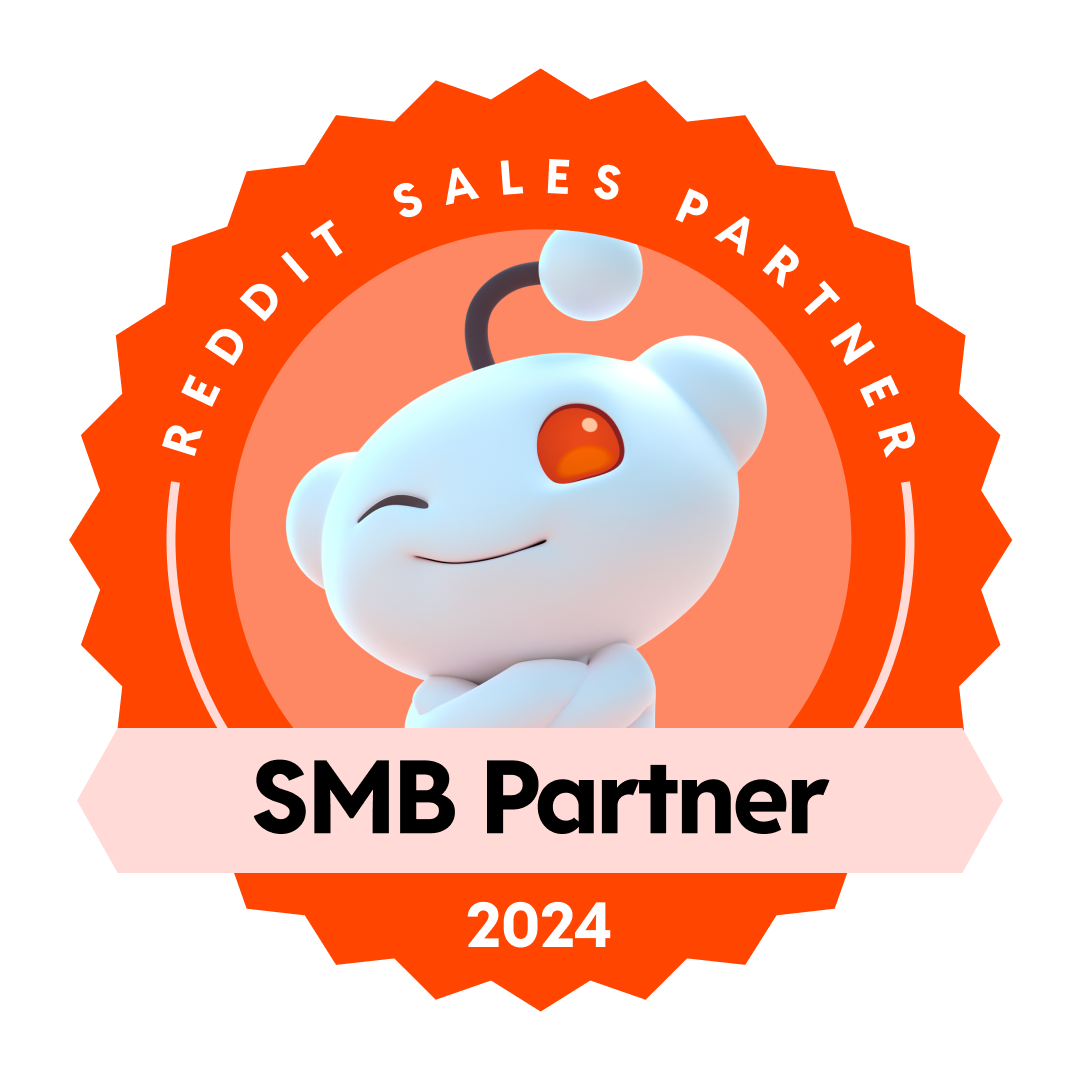How a Content Marketing Agency Balances Data and Creativity
August 21, 2019
“We live in an age of SEO, and it’s really easy now to just write for the search term.” So true!
“So, how do you marry ‘this is cool’ versus ‘this is necessary,’ and make them both daily and habitual?”
– Hearst Chief Content Officer Katie Lewis
Among the cheeky “throw out your to-do list” advice and the nod to hard-working millennials, this quote from a recent interview with Chief Content Officer Katie Lewis stuck with me.
The above quote is what compelled me to share the article on Instagram, send it to my team, and bring it up at happy hour with friends. Balancing data and creativity is my daily struggle.

This is cool.
Every smart marketer knows that when you’re writing for a brand, adopting its story as your own is what sparks creativity and authentic connection. Not just knowing a company’s mission, but really believing it. That’s when the idea faucet turns on and the whiteboard fills up fast.
“We could do this!”
“Oooohh what about this story?”
“Who could we interview for that?”
“That’d be cool!”
Ideas come spewing at all hours of the day when you become a brand champion. I recall a brand I wrote for that had me thinking of headlines and campaign ideas even as I was grocery shopping.
The thing about these “this is cool” moments is that they’re bred from a natural passion and excitement. It’d be pretty tough to stifle that excitement as the content is developed. The result is a bank of stories that uplift, inspire, connect, and challenge.
This kind of joy marketing makes us feel something. It surprises and delights the audience. But is it a valuable use of time?
This is necessary.
It’s hard to say no to the benefits of SEO. In fact, it’s SEO or die these days. Ever publish a blog post that only got four views? Embarrassing. Even worse, it’s time consuming.
Google is your friend.
Consider these stats:
- Organically searching for something leads to 94 percent of all web traffic (Hubspot)
- The first position on Google search results has a 35% clickthrough rate on mobile (Hubspot, 2018)
- If a brand appears multiple times in search results, a visitor is 50% more likely to click a result (Search Engine People, 2018)
When I’m writing for a search term, phrase, or question, I’m putting myself in the mindset of the target demographic–crafting a compelling post that serves their needs and provides a solution.
This type of content is necessary because it meets a potential buyer in the middle. They have a need, you serve them with an answer.
Blog posts are only a piece of the pie, but this stuff works.
The Verdict
Simply doing what feels good all the time is the equivalent to wandering aimlessly. As a content marketing agency, we don’t want brands to do that.
Having an execution plan for content equates to sales. Data tells us that digital strategy is an absolute must.
If you’re trying to decide where to spend your marketing budget, I believe you can’t have one without the other.
Strictly writing for SEO can become robotic. Rich, joyful content reveals the human element of your brand.
Perhaps these two themes can exist together. Why not make necessary content vibrant and interesting, and give cool content a data-driven purpose?
I’m up for the challenge if you are!




























